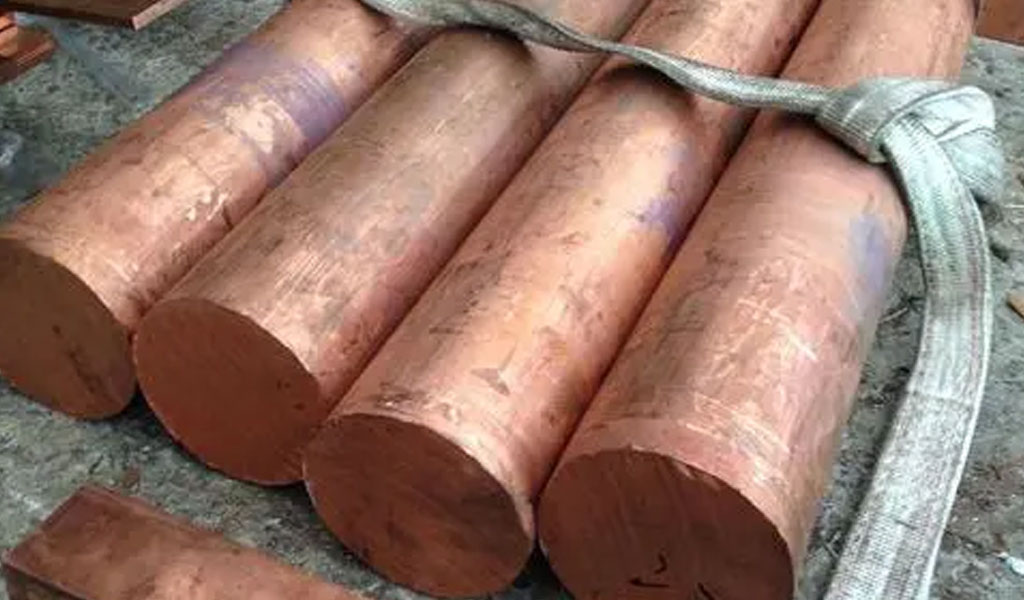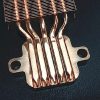
Copper 101 and Copper 102 are two different grades of copper, each with its own specific composition and properties. Here are the similarities and differences between these two grades(Or Copper 101 vs 102):
Similarities:
- Base Material: Both Copper 101 and Copper 102 are primarily composed of copper, with small amounts of impurities and alloying elements.
- Conductivity: They both exhibit excellent electrical conductivity, making them suitable for electrical and electronic applications.
- Malleability: Copper 101 and Copper 102 are highly malleable, meaning they can be easily shaped and formed into various products.
Differences:
- Copper Content: Copper 101 typically contains a higher copper content compared to Copper 102. Copper 101 is often referred to as “99.99% pure copper,” while Copper 102 is slightly less pure, typically containing around 99.95% copper.
- Impurities: Copper 102 may contain slightly higher levels of impurities, such as oxygen, phosphorus, and sulfur, compared to Copper 101. These impurities can affect the material’s overall properties and suitability for specific applications.
- Strength: Copper 101 tends to be slightly stronger than Copper 102 due to its higher purity. This makes Copper 101 more suitable for applications where strength is a critical factor.
- Applications: The choice between Copper 101 and Copper 102 often depends on the specific application. Copper 101, being purer and stronger, is commonly used in electrical conductors, transformers, and electrical connectors. Copper 102, with slightly lower purity, may be used in less demanding electrical applications or for purposes where the cost is a significant factor.
- Cost: Copper 101, being of higher purity, is typically more expensive than Copper 102. The choice between the two may also be influenced by cost considerations.
In summary, while both Copper 101 and Copper 102 share some common characteristics such as high electrical conductivity and malleability, their differences in copper content, impurities, strength, and cost make them suitable for different applications. The choice between the two depends on the specific requirements of the application in question.






